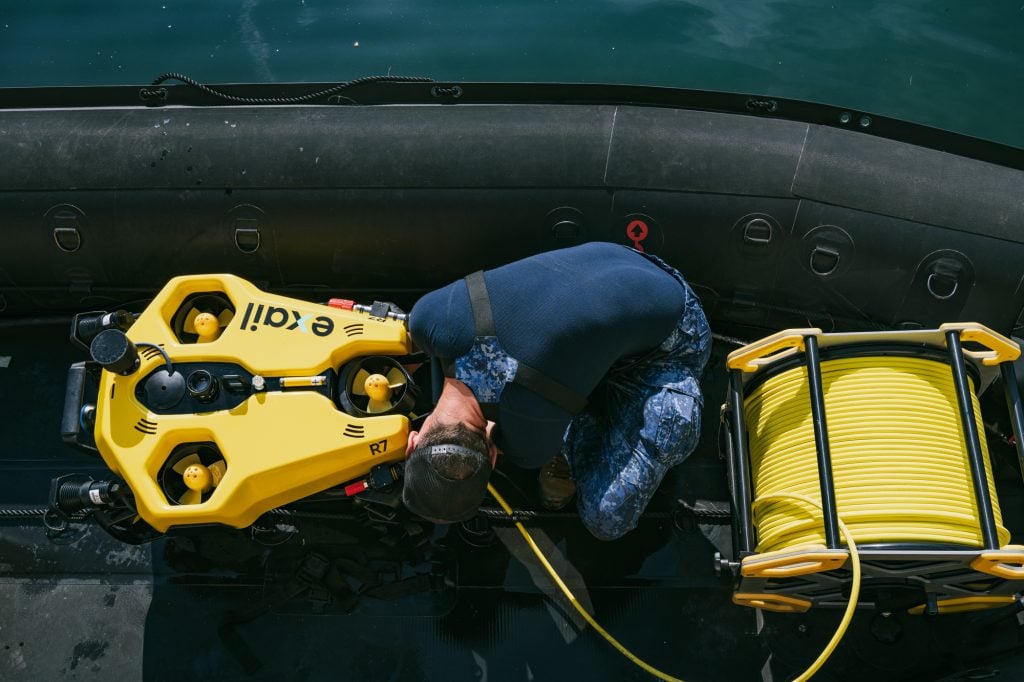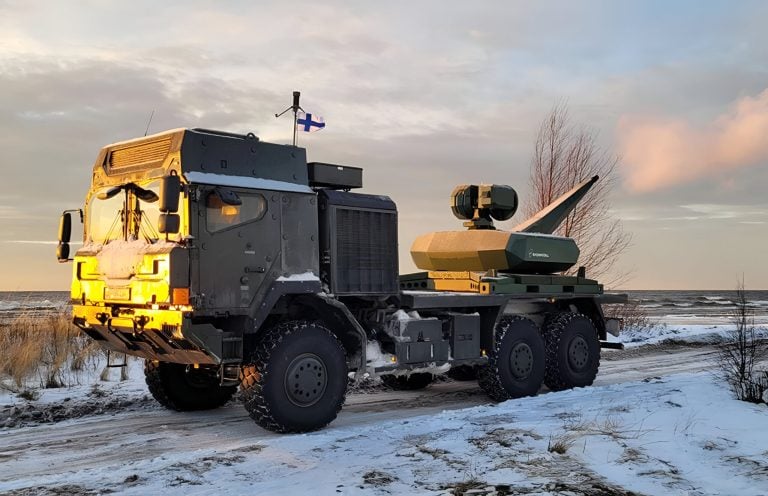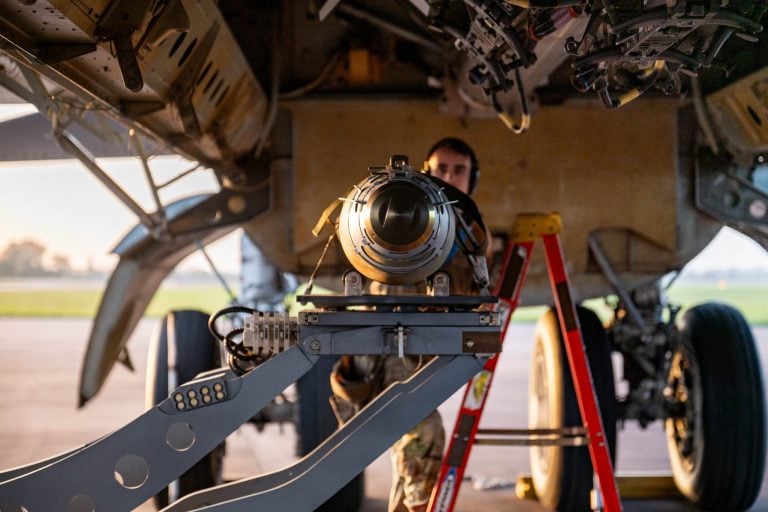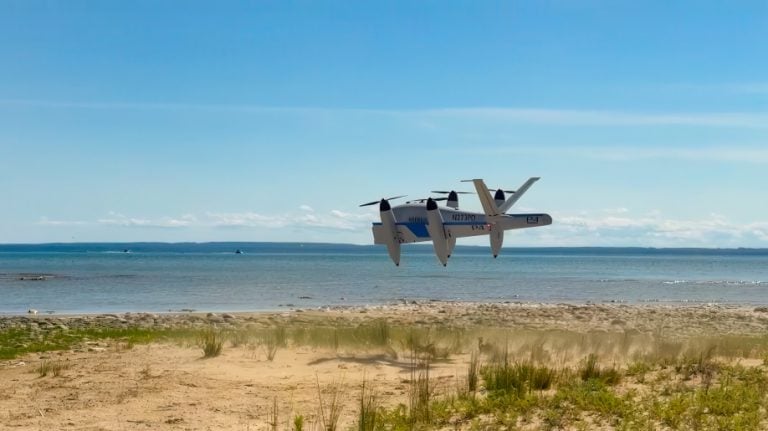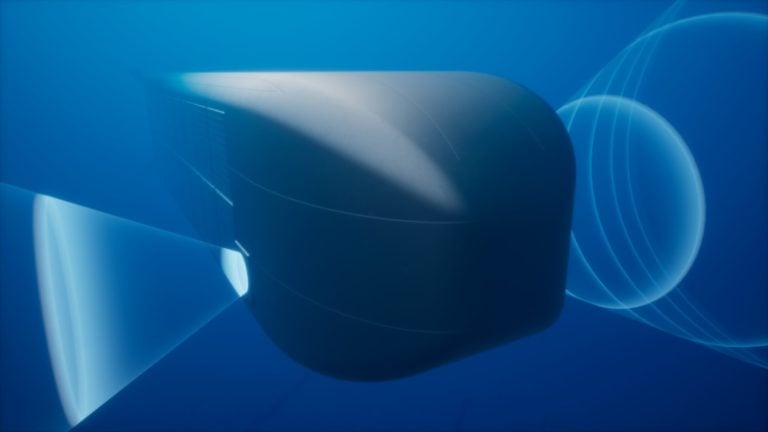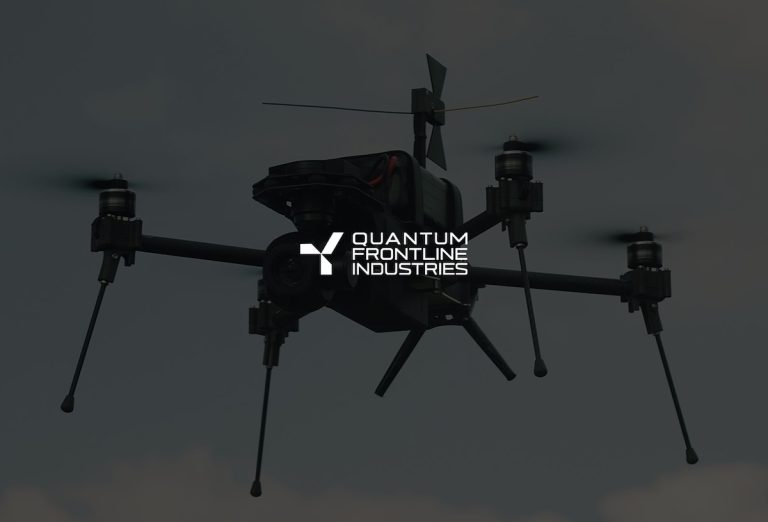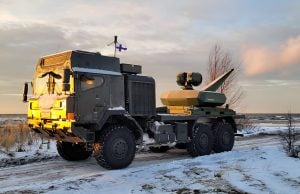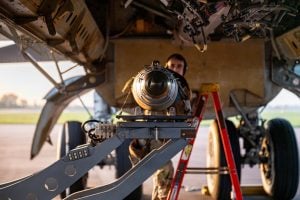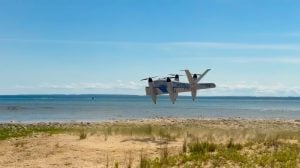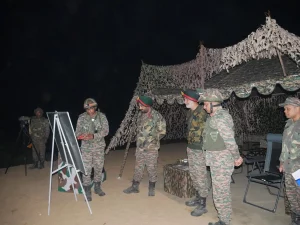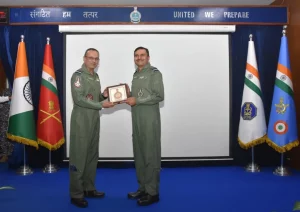The Belgian Navy recently conducted a significant test of the Exail R7 remotely operated vehicle (ROV) as part of a Spain-led mine countermeasures exercise in the Balearic Sea. This trial comes shortly after the delivery of six R7 systems to Brussels in April, enhancing the military’s capacity for anti-mine operations alongside its existing Remus unmanned underwater vehicles.
During the exercise, the R7 was utilized to locate and scan various threats, including the Manta and Rockan, which are shallow water-deployed anti-ship and anti-landing cylindrical explosives. The operational areas encompassed challenging environments such as the seabed and submerged wrecks, providing a rigorous testing ground for the ROV’s capabilities.
One of the notable features of the exercise was the R7’s ability to transmit real-time imagery of potential threats to operators stationed on the surface. This transmission was facilitated through a robust 300-meter (984-foot) fiber optic cable, ensuring a continuous and clear connection during the underwater explorations.
Brussels officials expressed satisfaction with the outcomes of the tests, highlighting the R7’s functionality in aiding mine inspection tasks. They pointed out that the system’s capability for direct image analysis significantly enhances the efficiency of the naval mine warfare teams, allowing for rapid responses to suspicious contacts and improving safety for divers engaged in these operations.
A spokesperson from the Belgian Navy’s Very Shallow Water Team emphasized the importance of adapting to technological advancements and embracing innovation. The team mentioned, “If the REMUS is stuck, something can be cut or picked up via a gripper arm. The R7 offers an interesting package of possibilities.” This statement underlines the versatility and potential applications of the ROV in various maritime contexts.
The Exail R7 ROV itself is engineered with a compact chassis and lightweight materials, optimizing it for deployment in a range of missions such as mine detection, search and rescue, maritime recovery, resource protection, ship maintenance, and support for divers. With a weight of less than 35 kilograms (77 pounds) and a length of 78 centimeters (31 inches), the drone is designed for efficient maneuvering.
Equipped with seven multi-directional thrusters, the R7 can perform horizontal and vertical movements while also adjusting its position with precision. It boasts a diving capability of up to 300 meters (984 feet) and can navigate at a speed of 3 knots (approximately 6 kilometers or 3 miles per hour).
Exail has reported that the R7 system is currently in operation with over 50 naval services worldwide, affirming its global relevance and effectiveness in contemporary maritime operations.
